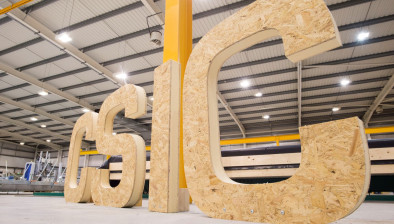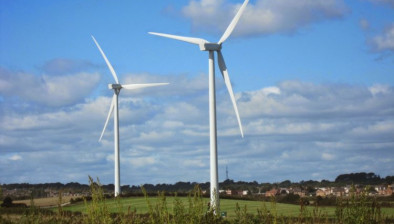Scottish construction sector ‘could contract by half’ if lockdown lasts three months
The contraction in Scotland’s construction sector could be as high as 40-50% if the government-imposed coronavirus restrictions remain in place for three months, the University of Strathclyde’s Fraser of Allander Institute has estimated.

As Scotland settles into its third week of lockdown measures, the Institute has tried to quantify the potential impact of the restrictions on the country’s economy.
On construction, the Institute writes: “The impact on construction continues to evolve, as more companies take the view that it is time to furlough staff and shut down operations. Construction accounts for around 6% of the economy.
“This is measured using both the output in different sectors at the UK level and workforce jobs (WFJ). Falls in output in the UK data will be reflected therefore fairly quickly.
“However, if the WFJ data doesn’t show any differential impact on Scottish employment (which is possible given the different advice in Scotland), then the true scope of the shutdown may not be fully felt in the first estimate of growth.
“On balance, we’re seeing a shutdown in much of the housebuilding industry, and the mothballing of a large part of private construction infrastructure and repair. We assume that public infrastructure investment continues at its normal level (likely to be too optimistic, but this will also capture any additional demand for emergency construction work to escalate). We have used data from ONS’s publication Output in the Construction Industry, which shows the breakdown of different types of construction, to guide the scale of the impact on the sector.
“Overall, if the restrictions were to continue over a three-month period, and based upon the split of current activity, this would be pointing to a contraction in construction of as much as 40-50%.”
Severe changes are also expected in terms of non-manufacturing production such as mining and quarrying, electricity and gas supply and water and waste.
Electricity and gas supply has seen a decline in demand of roughly 10% in the last few weeks, as reduced industrial demand more than offsets increased domestic demand as people stay at home.
Water and sewerage – measured by water supply – should see similar impacts to other utilities. In addition, the Insitute said it is clear that there is a suppression in demand for waste services, as recycling services have been restricted.
Taken together, and based upon the emerging evidence, the Fraser of Allander Institute estimates that three-month restrictions could lead to a contraction in production of around 25-30 %.
In terms of construction, due to shutdown in the housebuilding industry and the ‘mothballing’ of a substantial part of the construction industry, the Institute estimates that the contraction in construction could be as high as 40-50%.
The Institute has also said that the services industry, comprising of retail and wholesale, transport and storage, accommodation and food services, real estate and the public sector will see a contraction of around 15-20%.
It estimates that the agriculture sector, which makes up 1.3% of the Scottish economy, would actually see modest growth of around 2.5% if the restrictions were to continue. The rise could be caused by the increasing demand for agricultural products in the country as import substitution begins.
However, the Institute has stressed that even a 5% growth in this sector would add less than +0.1 to Scotland’s overall GDP.
While many of these effects will be temporary, as once restrictions are gradually lifted, some of these sectors should bounce back quickly, the Institute added.
It said: “Finally, we should all keep in mind how these effects will be captured in early measurement: it might be many months or even years before we actually know the full extent of the effect of the shut down on the Scottish economy.”
- Read all of our articles relating to COVID-19 here.














